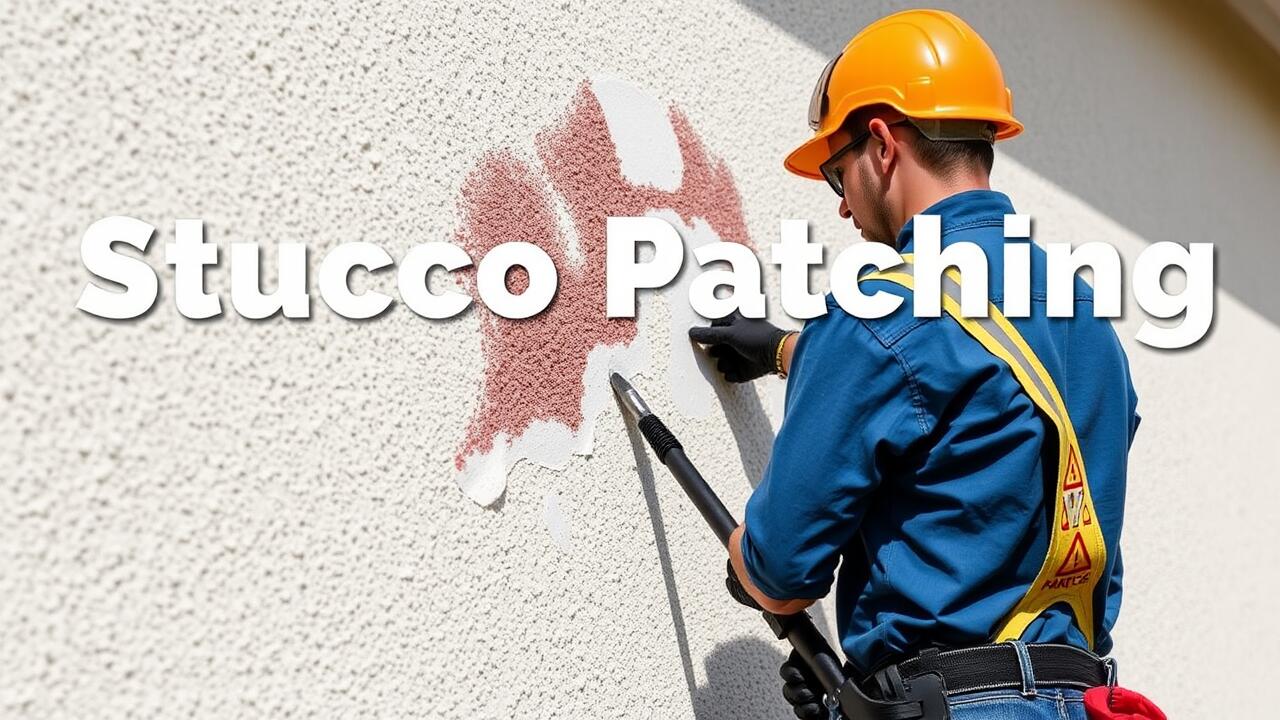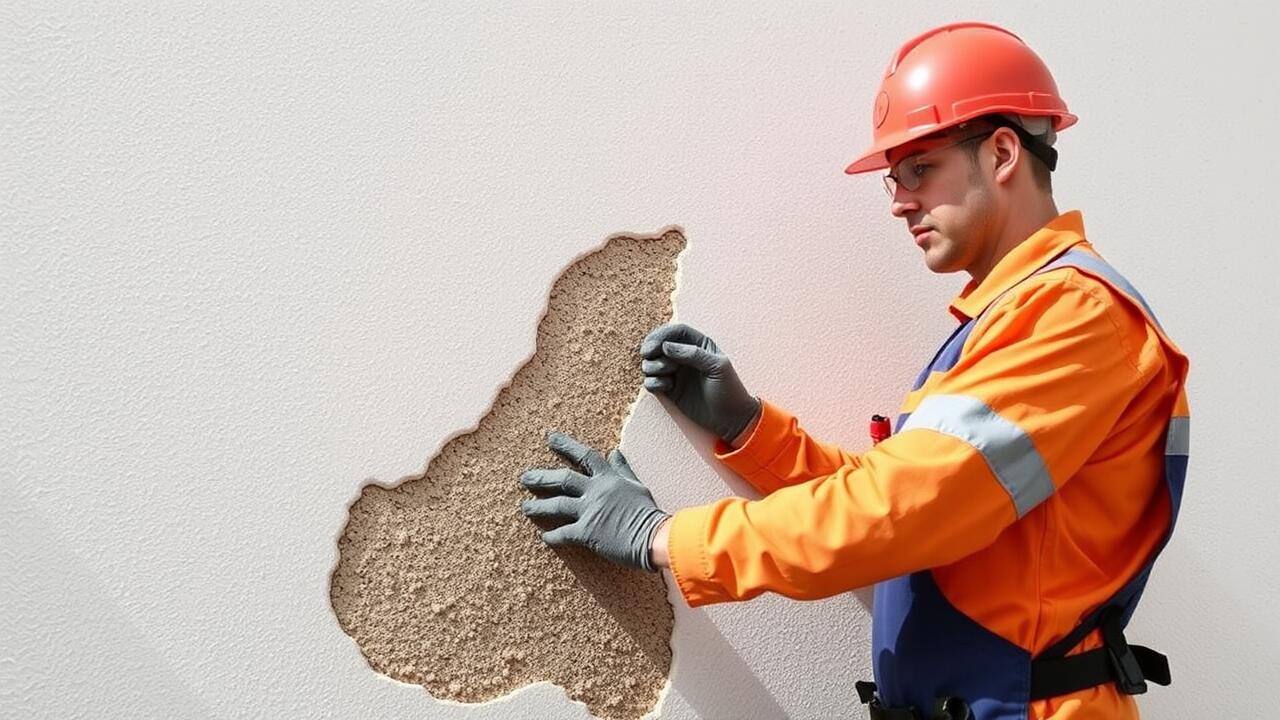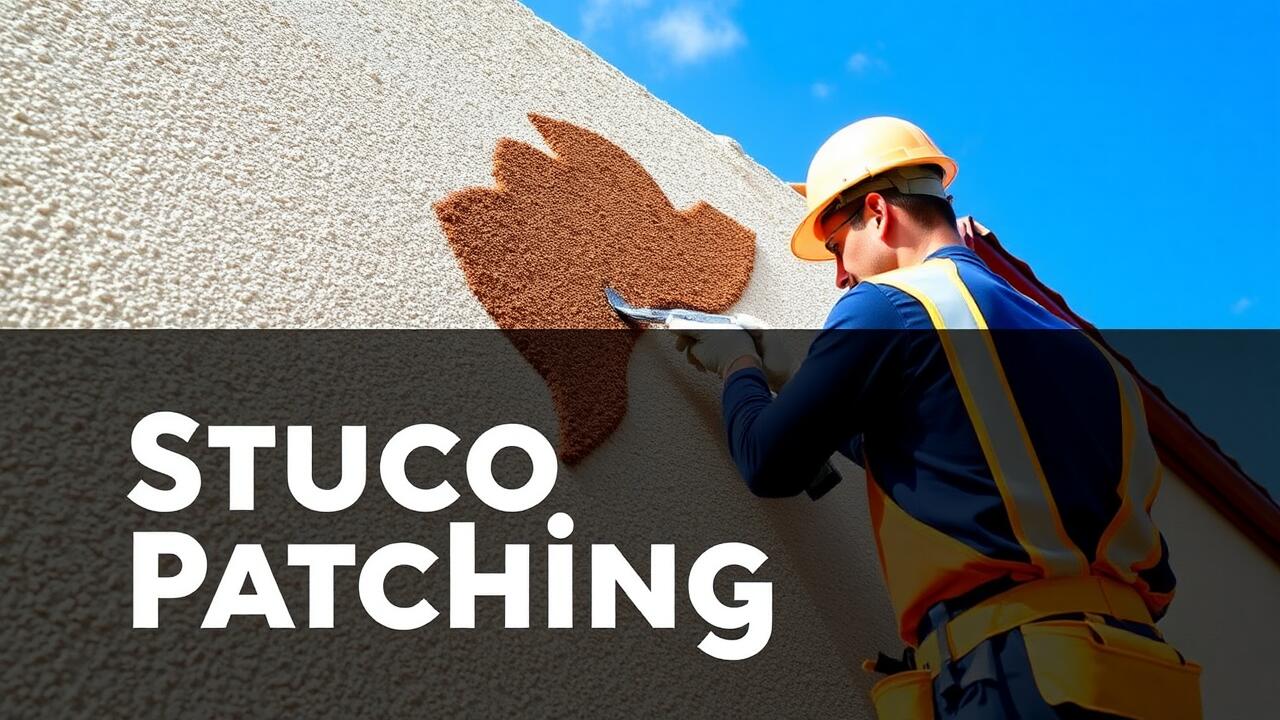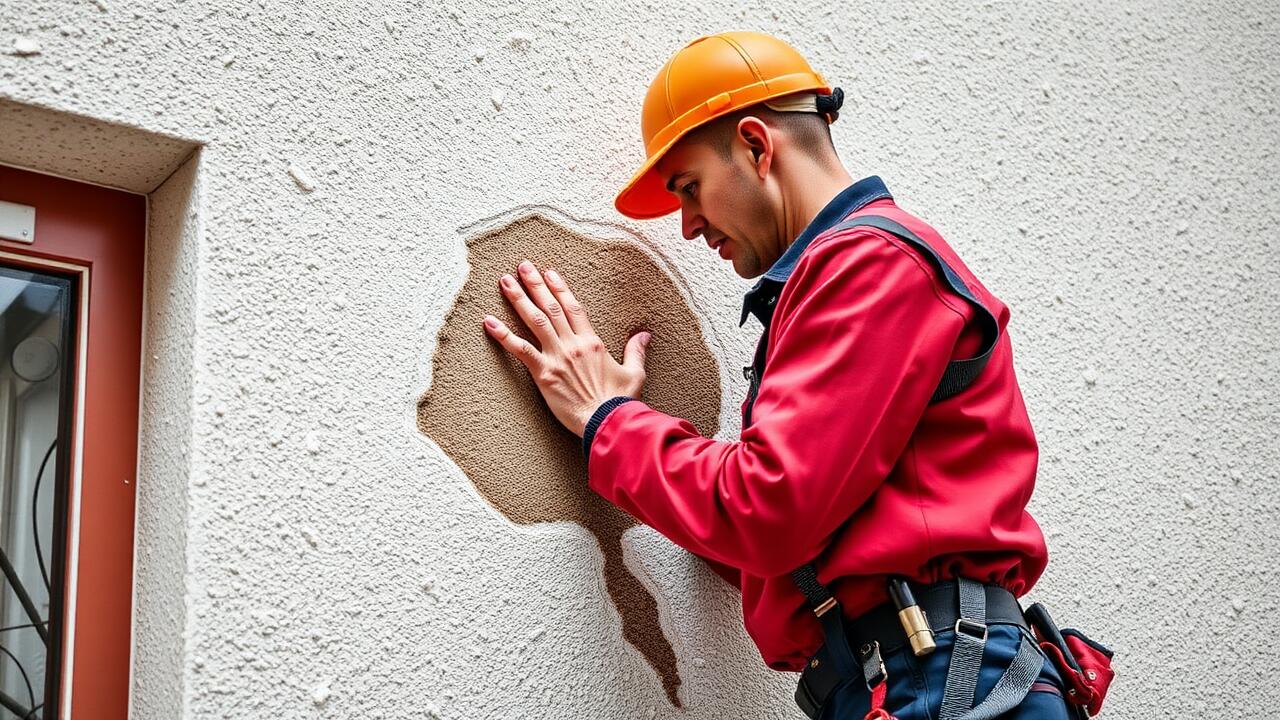
Choosing the Right Patching Material
Selecting the appropriate material for stucco patching is crucial to ensure a successful repair. Different types of stucco mixes are available, each designed for specific conditions and applications. For minor repairs, pre-mixed patching compounds offer convenience and ease of use. For more significant damage or larger areas, using a traditional stucco mix may be more suitable, as it allows for better integration with the existing stucco.
When undertaking projects like stucco patching in Van Nuys, Los Angeles, choosing a patching material that matches the original stucco's texture and color can enhance the overall aesthetic of the surface. Additionally, some products contain additives that improve adhesion and flexibility, which is particularly important in regions with fluctuating temperatures. Ensuring a proper match not only promotes a seamless repair but also helps protect the structure from water intrusion and further damage.
Comparing Different Types of Stucco Mixes
When selecting a stucco mix for patching, it is essential to consider the specific type of repairs needed. Traditional cement-based stucco provides durability and strength, making it suitable for larger patches. Lime-based mixtures are another option, offering flexibility and breathability, which can reduce cracking in the repaired areas. For smaller repairs, pre-mixed stucco products may save time and ensure consistency in texture and color.
The choice of mix can also be influenced by local climate conditions. In areas with high humidity, such as in segments of Van Nuys, Los Angeles, a blend that incorporates water-resistant properties can enhance longevity. Conversely, in dry environments, a mix with additives to retain moisture may help maintain optimal adhesion. Stucco Patching Van Nuys, Los Angeles benefits from considering these environmental factors, ensuring that the chosen product will perform well throughout the seasons.
Moistening the Surface for Optimal Bonding
Moistening the surface before applying stucco is a critical step for ensuring a strong bond between the existing wall and the new material. When stucco, a cement-based product, comes into contact with dry surfaces, it tends to absorb moisture quickly from the mix. This can lead to a weak bond and increased chances of cracking in the future. A well-moistened surface allows the applied stucco to adhere properly and set correctly, enhancing the overall durability of the patch.
When preparing for stucco patching in Van Nuys, Los Angeles, the temperature and environmental conditions play a significant role in determining how much moisture is needed. A light misting of water on the surface is often sufficient. It’s important to avoid over-saturation, as excess water can create more problems during the application. Proper moisture levels will promote an optimal environment for the bonding process, crucial for long-lasting repairs.
The Role of Water in Stucco Adhesion
Water plays a crucial role in the adhesion process of stucco. When a surface is properly moistened before the application of patching material, it creates the ideal conditions for a strong bond. This moisture helps to reduce the absorption of water from the stucco, ensuring that the patch cures at a consistent rate. As a result, the patching material can better adhere to the surface, minimizing the risk of cracks and peeling.
In areas like Stucco Patching Van Nuys, Los Angeles, understanding the balance of moisture is essential. Too much water can lead to weakened patches, while insufficient moisture may not allow for optimal bonding. It's important to find this balance to achieve a durable and long-lasting repair. Properly preparing the surface with adequate moisture contributes significantly to the overall success of stucco patching projects.
Applying a Bonding Agent
A bonding agent is a crucial component in the process of preparing surfaces for stucco patching. Its primary function is to promote adhesion between the existing substrate and the new stucco material. By applying a bonding agent, you can significantly enhance the likelihood of a strong and durable bond, preventing potential future issues such as cracking or peeling. For those undertaking stucco patching in Van Nuys, Los Angeles, selecting the right bonding agent can make a noticeable difference in project outcomes.
When applying a bonding agent, ensure that the existing surface is clean and free from debris. This step is vital, as any dirt or loose material can impede the effectiveness of the bonding agent. Use a brush or roller for uniform application, covering all areas that will receive the patch. This preparation helps facilitate proper adhesion of the stucco, ultimately leading to a smooth and lasting finish. Proper application becomes especially important in regions like Van Nuys, where environmental factors can impact the longevity of exterior finishes.
Benefits of Using a Primer for Patching
Using a primer before applying stucco patching offers several advantages that enhance the overall outcome of the repair. A quality primer serves to create a uniform surface that can improve adhesion between the existing wall and the new patch. This ensures that the stucco adheres properly and reduces the risk of future cracking or peeling, especially in regions where the climate may fluctuate significantly.
In areas like Van Nuys, Los Angeles, where temperature variations can be extreme, the additional layer of bonding provided by a primer can be particularly beneficial. It not only helps the patch blend seamlessly with the surrounding stucco but also contributes to the longevity of the repair. Choosing the right primer specifically formulated for stucco applications ensures optimal performance and durability of the patching material.
FAQS
What is the best type of stucco mix for patching surfaces?
The best type of stucco mix for patching surfaces typically depends on the specific repair needed, but common options include traditional Portland cement-based mixes and pre-mixed stucco patching compounds. It's essential to choose a mix that matches the existing stucco for optimal results.
How do I know if my surface needs to be moistened before applying stucco?
If the surface is dry, dusty, or porous, it should be moistened before applying stucco to ensure better bonding. A good rule of thumb is to lightly spray the surface with water until it's damp but not soaking wet.
What is the purpose of applying a bonding agent before stucco patching?
A bonding agent helps to enhance adhesion between the old surface and the new stucco layer. Using a bonding agent can significantly improve the longevity and durability of the patch.
Should I use a primer when patching stucco?
Yes, using a primer before patching stucco can help to create a uniform surface and enhance the adhesion of the stucco. It also helps to seal the surface, preventing moisture issues in the future.
How long should I wait before painting over a patched stucco surface?
It is generally recommended to wait at least 7 to 10 days before painting over a patched stucco surface to allow sufficient curing time for the stucco. Always check the manufacturer's instructions for specific recommendations.


